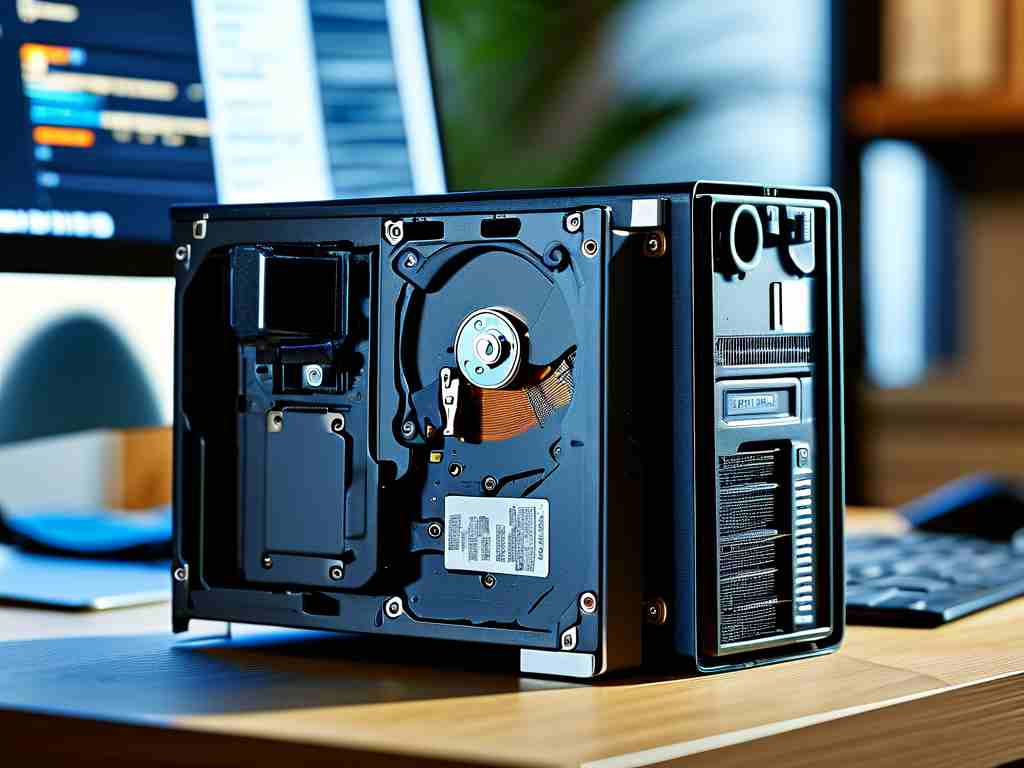In computer systems, the measurement units for external and internal memory often appear identical at first glance - both using terms like bytes, kilobytes, and terabytes. However, this superficial similarity masks fundamental differences in how these units are implemented and interpreted across storage types.

At the hardware level, modern RAM (Random Access Memory) modules measure capacity using binary prefixes where 1 kilobyte equals 1,024 bytes. This convention stems from memory chips being designed with power-of-two architectures that align with processor addressing schemes. Contemporary DDR4 and DDR5 memory sticks typically range from 4GB to 64GB per module, with error correction mechanisms slightly reducing available capacity.
External storage devices like SSDs and HDDs present a more complex picture. While manufacturers officially adopted decimal-based measurements (1KB = 1,000 bytes) in 1998 per IEC standards, actual storage chips still follow binary allocation patterns. This creates the well-known discrepancy where a "1TB" drive formats to about 931GB of usable space. Advanced features like over-provisioning (reserving spare cells for wear leveling) further complicate real-world capacity calculations.
The physical implementation differences create measurable variations:
# Memory vs storage capacity calculation example
def calculate_real_capacity(advertised, base=1024):
return advertised * (1000**4) / (base**4)
print(f"1TB HDD actual: {calculate_real_capacity(1):.2f} TB") # Outputs 0.91 TB
Optical media introduces another layer of complexity. A standard 4.7GB DVD contains 4.7 billion bytes in decimal units, but only stores about 4.38GiB of binary data. Emerging technologies like 3D XPoint memory blur traditional categorization - while faster than NAND flash, they're still classified as storage rather than memory due to non-volatile characteristics.
Historical context explains these divergences. Early 1980s floppy disks used true binary measurements (360KB = 368,640 bytes), but marketing shifts in the late 1990s standardized decimal prefixes for storage products. This commercial decision persists despite technical inaccuracy, creating ongoing confusion for users comparing memory and storage specs.
File systems introduce additional variables. NTFS reserves 5-25MB for metadata, while EXT4 employs different allocation strategies. A 1GB memory module provides full binary gigabyte capacity to applications, whereas a 1GB file on disk occupies slightly more physical space due to cluster allocation inefficiencies.
Looking forward, new measurement standards may emerge as storage densities increase. The International System of Quantities (ISQ) now recognizes explicit binary prefixes like "gibibyte" (GiB), but industry adoption remains inconsistent. Memory technologies like MRAM and FeRAM could further challenge traditional categorization as they combine volatile and non-volatile properties.
Understanding these distinctions proves crucial for system designers and developers. Memory allocation requires precise binary calculations for optimal performance, while storage management must account for both physical limitations and logical formatting overhead. As cloud computing and virtualization technologies advance, the gap between memory and storage continues to narrow in functional terms while maintaining essential measurement differences.









